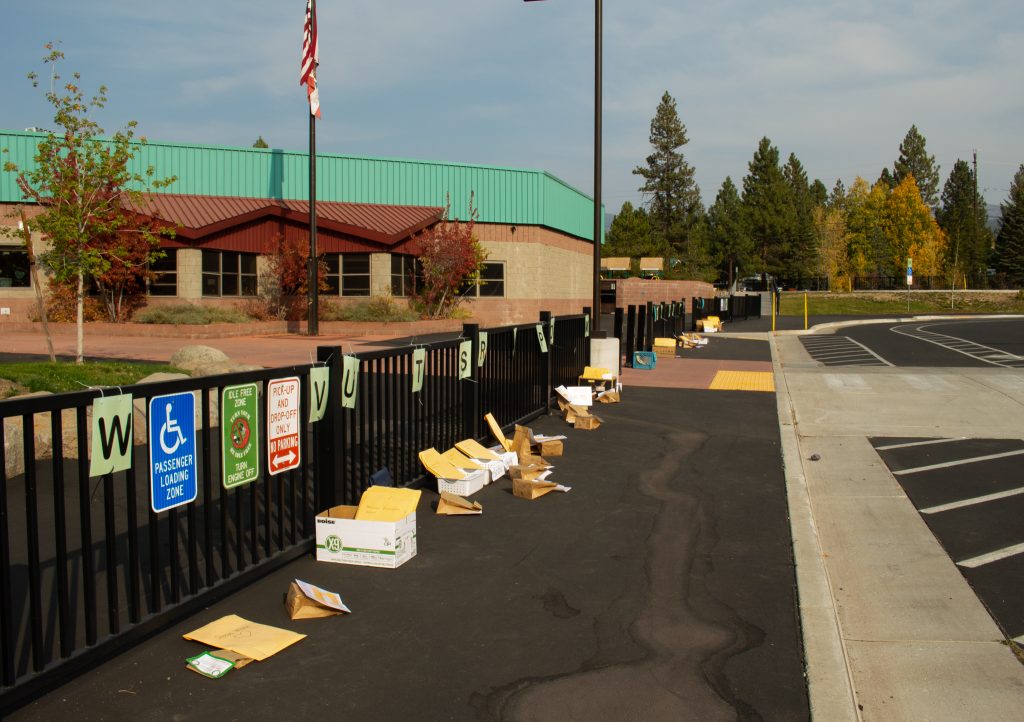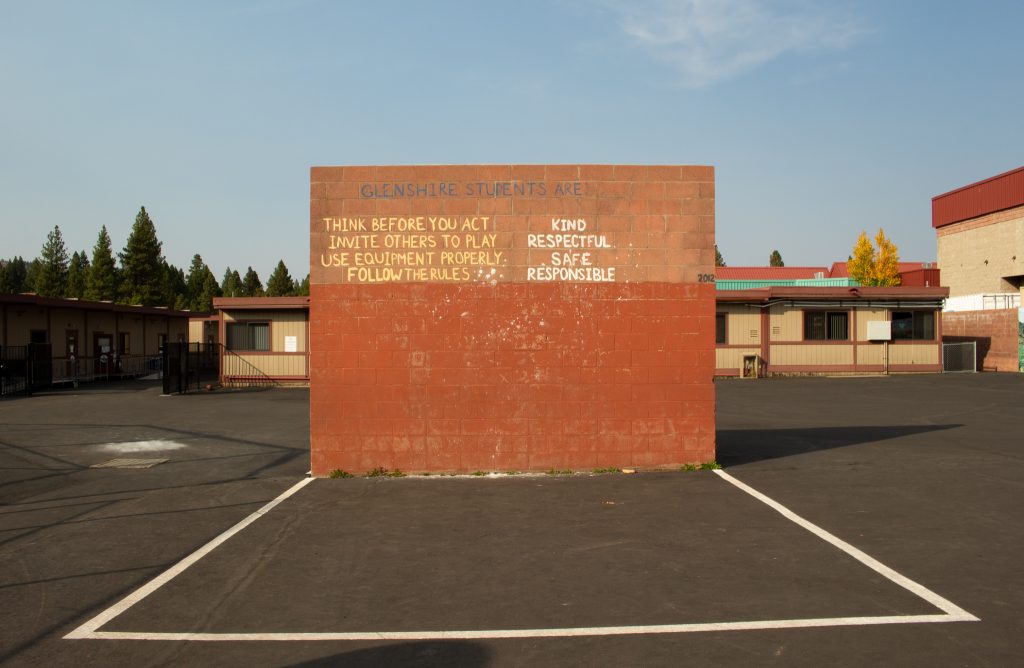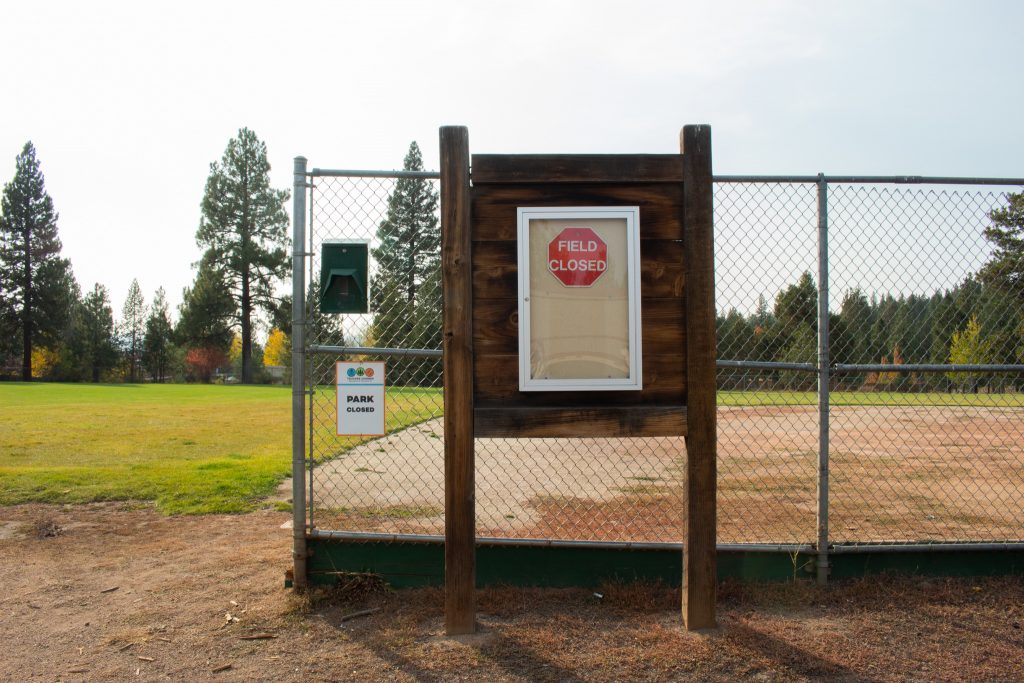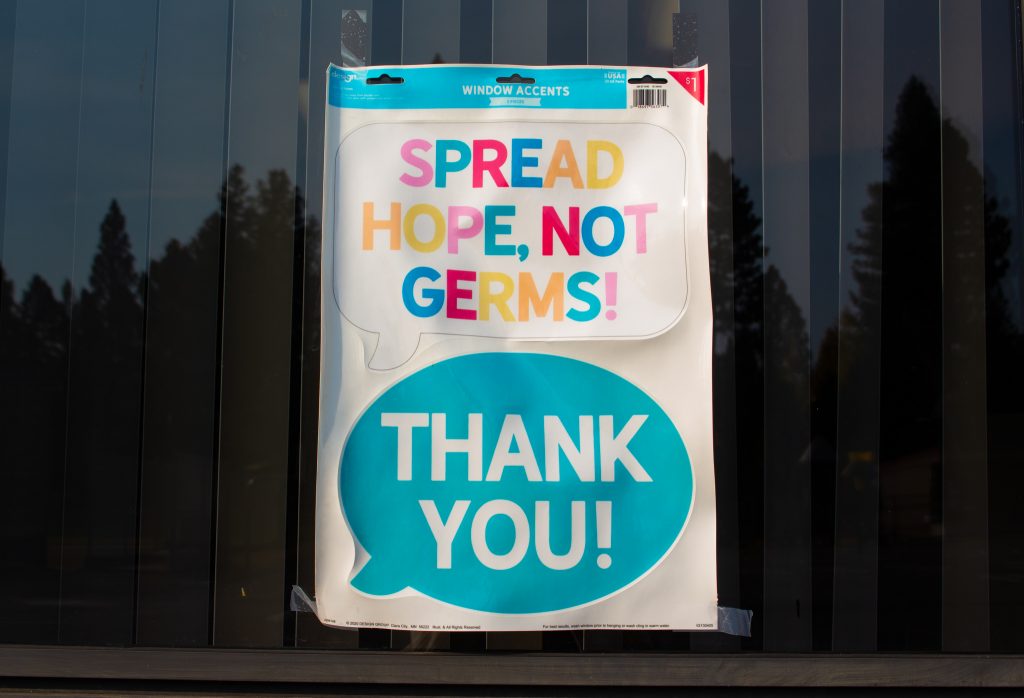
Every day before school, Stephanie Bacon wakes up hopeful and excited that she has put together a lesson plan that she believes will work for her students to engage and learn. Yet every day, she leaves feeling like all of her effort went nowhere.
Bacon is a fifth-grade teacher for the Tahoe-Truckee School District, who is utilizing a fully virtual teaching format for her class because of the current COVID-19 pandemic. Though her school will soon be moving into a hybrid model, Bacon does not think that teaching this way is effective enough for maximum learning and could have major consequences.
“I think this just widens the gap between the have’s and the have not’s.”
– Stephanie Bacon, fifth-grade teacher
“Each day, you have to unlearn good teaching in order to survive. Good teaching involves getting all the kids to participate and checking for understanding before moving on. And if you do that, you lose kids because it takes so long to get kids to participate in a digital format that if you waited for everyone, you have kids that would bounce because it takes forever.”
Of course, Bacon, like every other teacher in the area, has no choice but to adapt to these new conditions. When COVID-19 first hit the United States, schools were forced to close. Glenshire Elementary is one of the many schools that started the 2020 school year in a fully virtual format.
However, there is concern that some children are more equipped than others to learn this way. Those who have an easier time adapting may thrive, or at least keep up. More vulnerable learners who cannot keep up, for any number of reasons, may find themselves unprepared and fall behind academically.
“I think this form of teaching is effective for kids who are already successful at or above grade level. I think it’s really ineffective for kids who don’t have grade-level skills, for kids that have any language or processing issues, those who are traditionally at risk due to maybe socioeconomic status or parent education level. I think this just widens the gap between the have’s and the have not’s,” Bacon says.

The fear is that online education may be increasing the socioeconomic achievement gap for young kids. The pandemic has seen the parents who ‘have’ supplement their children’s education with tutors, staying home to enforce learning, enrolling their children in private schools or hiring private teachers for “learning pods,” where a group of 5-10 children get together at a student’s house to have private schooling. Families who cannot afford this exclusive way of teaching or where both parents must work during school days are left to the devices of the school system.
Bacon is particularly concerned for those who have less at-home assistance, “Some kids, without any support from home, are getting reduced curriculum and reduced participation. And we know in eight weeks, kids lose learning. We’re looking at 18 months.”
Much of how well kids do in these circumstances relies on family involvement, says a second-grade teacher who prefers to speak anonymously.
“It all depends on what’s happening at home. If you have a parent or a guardian who is working and you don’t have that independent drive in yourself, as a student, it’s really hard for you to self-regulate and to get your work done. But then when you have the parents who are fortunate and can stay home with their kids, you have an adult saying, okay, now it’s time for this,” she says.
Dr. Lydia DeFlorio, a Human Development and Family Studies Associate Professor at the University of Nevada, Reno’s College of Education and Human Development, has many concerns about distance learning during the pandemic, but isn’t sure about its effects on one group over others.

Her concerns include children’s fear about participating in class, potential issues with the amount of screen time and lack of physical activity, as well as the difficulty kids may have staying engaged.
“We know that kids who live in families who live in poverty tend to enter school with their reading, their math, their scientific reasoning skills, all of those are significantly lower and we can look and kind of trace it back to those early experiences. But it can also very often relate back to parent education levels.”
Parents who have obtained more education themselves are often more likely to ask their children questions throughout the day that help them with problem solving skills. DeFlorio also explained that many times kids who are in middle or higher economic standing go to better-resourced schools.
Yet, DeFlorio believes that because of the nature of this unprecedented time and the fact that parents on both sides of the gap must work, no child is getting maximum educational reinforcement.
“I think it’s a mistake to make the assumption that kids are getting differential support at home. I think a lot of kids are getting really subpar support at home. Yes, there are some parents who have the resources to hire their own teacher or to do these learning pods, but I don’t know that that’s the norm,” said DeFlorio. “I don’t know if it’s going to actually change that gap or not. I think it’s too soon to know.”

Through these difficulties, teachers are working overtime to make up for the disparities. Second-grade teacher Ali Cooke is doing everything she can to afford her students the best education possible and to equip them with skills that will aid their learning in the long term.
“We do a lot, we try to make everything student-friendly and we try to train them just like we would when they’re in the classroom to make them independent so they’re not depending on their parents because we don’t want the gap to get larger. We really are trying to get them to be 100% independent, but again, they’re seven and eight years old and that’s a lot to put on a kid.”





